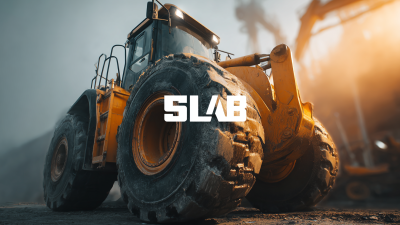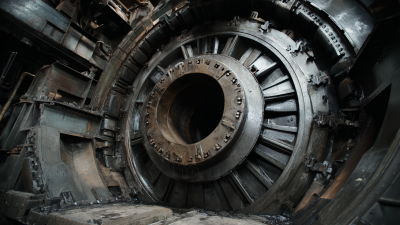
-
Home
-
About Us
-
Products
-
News
-
Blog
-
Contact Us
Leave Your Message

When it comes to maintaining the efficiency and longevity of your construction machinery, choosing the right wear parts is crucial.
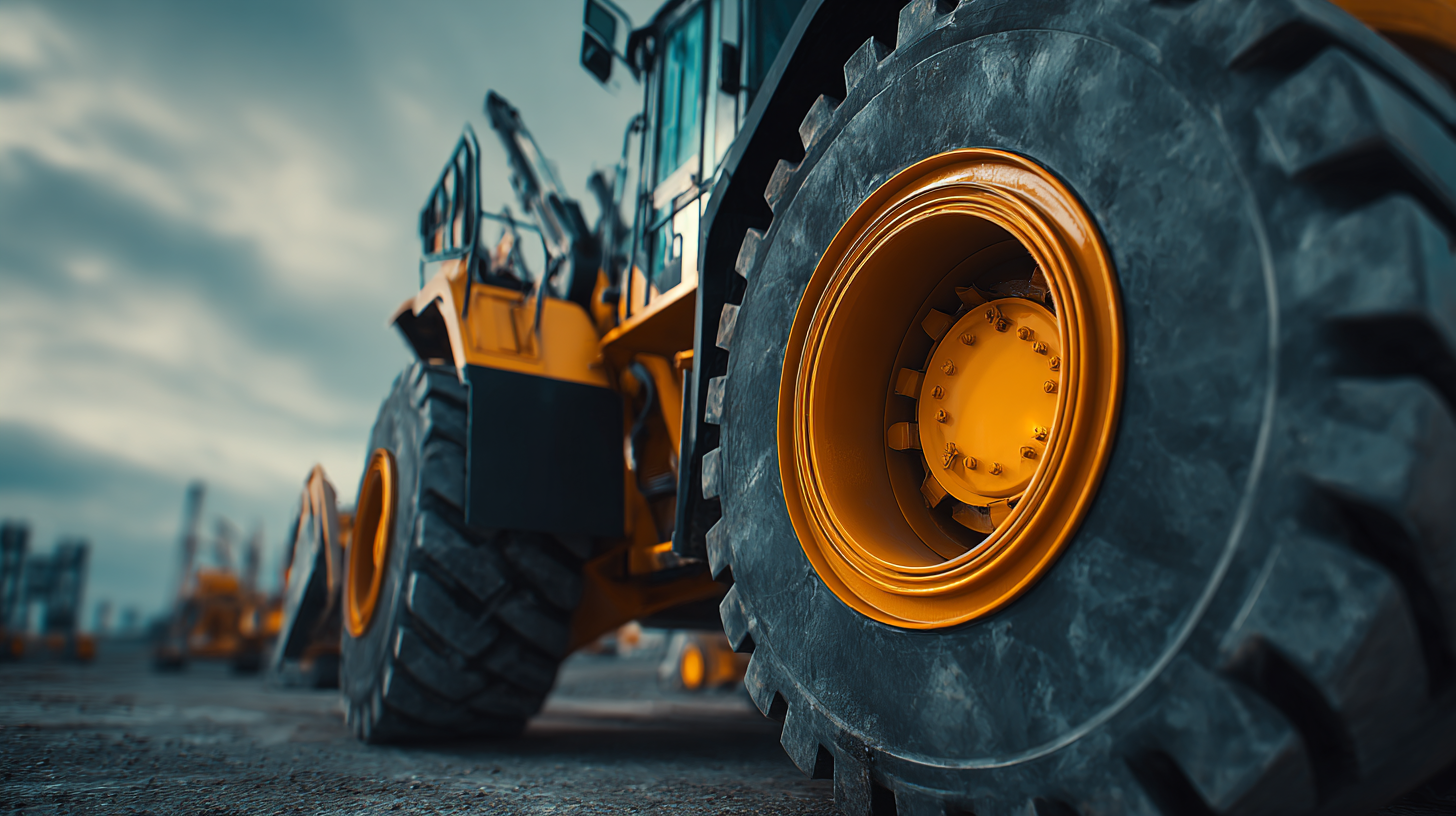 Construction Machinery Wear Parts play a vital role in ensuring that your equipment operates smoothly under demanding conditions.
This guide will navigate you through the essential factors to consider when selecting wear parts, helping you make informed decisions that can enhance performance and reduce downtime.
We will explore various aspects, including material selection, compatibility with existing machinery, and the importance of sourcing from reputable suppliers.
Whether you're a seasoned professional or a newcomer to the industry, understanding how to choose the right wear parts can vastly improve the operational capacity of your construction equipment and ultimately impact your project's success.
Construction Machinery Wear Parts play a vital role in ensuring that your equipment operates smoothly under demanding conditions.
This guide will navigate you through the essential factors to consider when selecting wear parts, helping you make informed decisions that can enhance performance and reduce downtime.
We will explore various aspects, including material selection, compatibility with existing machinery, and the importance of sourcing from reputable suppliers.
Whether you're a seasoned professional or a newcomer to the industry, understanding how to choose the right wear parts can vastly improve the operational capacity of your construction equipment and ultimately impact your project's success.
When it comes to selecting the right wear parts for your construction machinery, understanding the specific needs of your equipment is crucial. Each type of machinery, whether it's excavators, bulldozers, or loaders, operates under different conditions and performs various tasks that affect the wear and tear of its components. Begin by assessing the operating environment and the typical materials your machinery will encounter. For instance, if your machinery frequently works in abrasive environments, you'll want wear parts that are specifically designed to resist abrasion and extend service life.
Moreover, consider the manufacturer's recommendations and specifications for wear parts. These guidelines are essential in ensuring compatibility and optimal performance. Analyze past performance data and maintenance logs to identify patterns of wear; this can help you pinpoint particular components that are more susceptible to failure. Engaging with experienced suppliers can also provide insights into the best materials and technologies available, thus allowing you to make informed decisions. By accurately identifying your construction machinery's specific wear part needs, you can enhance productivity, reduce downtime, and ultimately save on long-term costs.
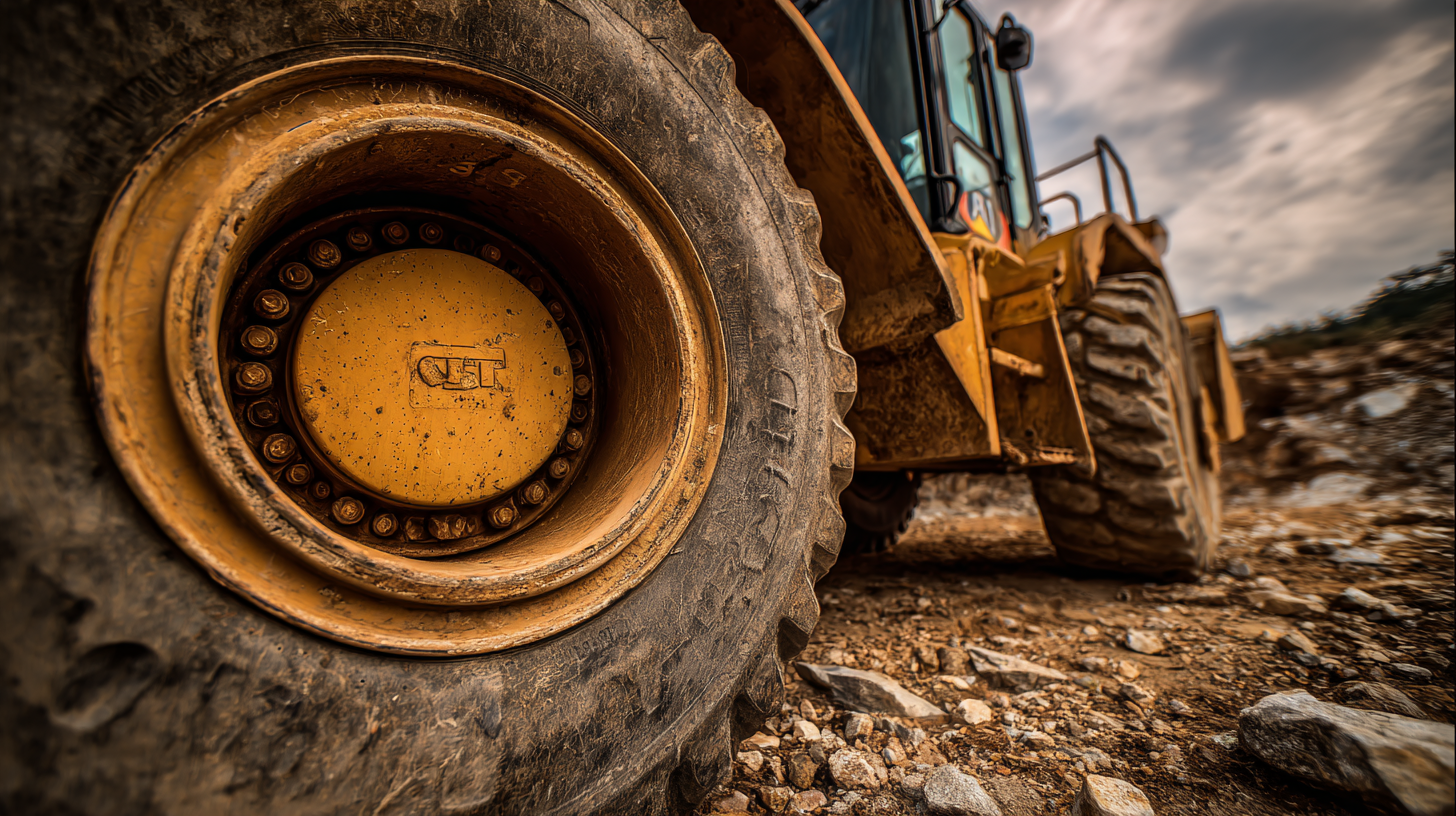
When selecting wear parts for construction machinery, understanding material compatibility is crucial for optimizing performance and longevity. Different components endure varying levels of stress and environmental conditions, making the right material selection imperative. For instance, hard-faced alloys may be suitable for high-abrasion applications, whereas rubberized parts can provide better shock absorption in impact-heavy settings. Evaluating the operational environment—such as exposure to chemicals, temperature extremes, or moisture—can significantly influence the choice of materials.
Moreover, the compatibility of selected wear parts with existing machinery is vital to maintain performance efficiency. Parts made from compatible materials will not only enhance the machinery’s functionality but also prevent premature wear and costly downtimes. Consulting with manufacturers or industry experts can provide insights into the latest advancements in material science, ensuring that operators choose parts that offer superior resilience and durability. Ultimately, a strategic approach to material compatibility results in better operational output and extended service life of construction machinery.
| Wear Part Type | Material Type | Compatibility Rating | Typical Applications | Expected Lifespan (hours) |
|---|---|---|---|---|
| Excavator Bucket Teeth | High Carbon Steel | A | Excavation, Grading | 500 |
| Dozer Blades | Abrasion-Resistant Steel | A+ | Bulk Material Handling | 1000 |
| Crusher Liners | Manganese Steel | A | Rock Crushing | 800 |
| Loader Buckets | Quenched and Tempered Steel | A | Material Loading | 600 |
| Screen Media | Polyurethane | B | Material Sorting | 400 |
When selecting wear parts for construction machinery, the reputation of suppliers and the quality standards of their products are crucial factors. A supplier with a solid reputation typically indicates a history of reliability, adherence to quality norms, and a commitment to customer satisfaction. Their proven track record helps ensure that the wear parts provided are robust and will perform efficiently under the rigors of construction operations. Additionally, such suppliers are often certified under quality management systems like ISO 9000, which serves as a credible assurance of product quality and consistency.
Quality standards are directly impacted by the supplier's reputation. Suppliers who prioritize maintaining a strong reputation are more likely to meet or exceed industry standards. This means they invest in quality control measures and continuous improvement processes, leading to superior product offerings. On the other hand, reputable suppliers also enhance their brand by ensuring their products are not only high-quality but also safe, complying with applicable regulations. The interplay between a supplier's reputation and their commitment to quality ultimately affects the performance and longevity of wear parts, ensuring that construction machinery operates efficiently and safely on-site.
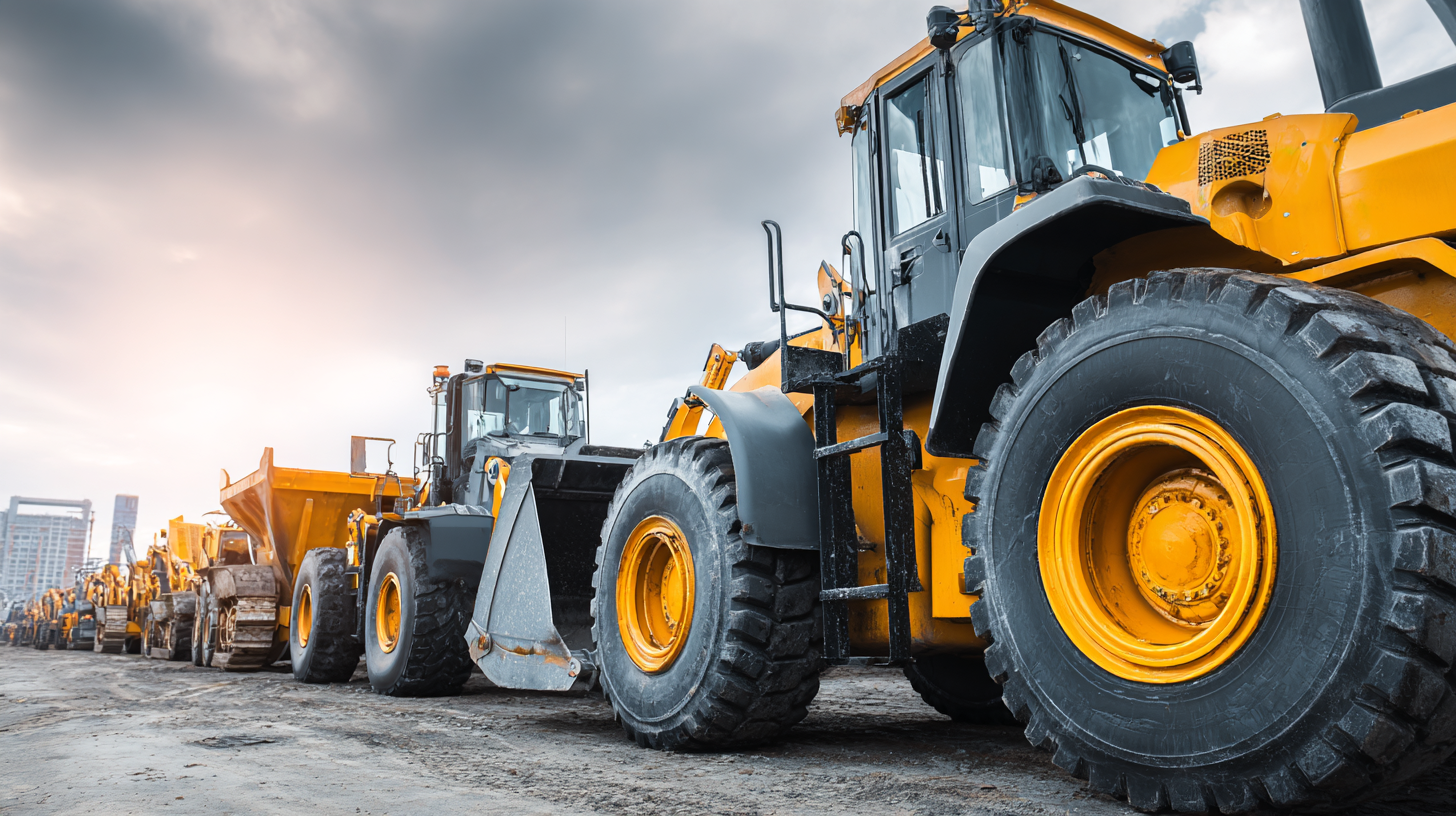 When budgeting for wear parts in construction machinery, it is crucial to balance
cost-effectiveness with quality. According to a report from the Association of Equipment Manufacturers (AEM),
about 30% of maintenance costs in heavy machinery operations are attributed to wear parts.
This statistic underlines the importance of selecting the right components that not only fit budget constraints but also
ensure optimal performance and longevity of machinery. Investing in high-quality wear parts may incur higher initial costs,
but they typically offer improved durability and reduced downtime, resulting in lower overall operational costs.
When budgeting for wear parts in construction machinery, it is crucial to balance
cost-effectiveness with quality. According to a report from the Association of Equipment Manufacturers (AEM),
about 30% of maintenance costs in heavy machinery operations are attributed to wear parts.
This statistic underlines the importance of selecting the right components that not only fit budget constraints but also
ensure optimal performance and longevity of machinery. Investing in high-quality wear parts may incur higher initial costs,
but they typically offer improved durability and reduced downtime, resulting in lower overall operational costs.
Moreover, a study by the Construction Industry Institute (CII) highlights that companies can save up to 20% in lifecycle costs by choosing reliable wear parts. This finding emphasizes the significant impact of quality parts on the longevity of machinery. By conducting a thorough analysis of wear part providers and their product offerings, companies can identify those that align with their budget while also maintaining high standards.
Prioritizing well-reviewed and tested products can lead to substantial savings and enhanced productivity in the long run, proving that a thoughtful approach to wear part procurement is an integral part of effective machinery management.
When operating construction machinery, recognizing the signs of wear and tear is crucial for maintaining efficiency and safety. One of the most telling indicators is a decrease in performance. If the machinery requires more power to complete tasks or if you notice irregular vibrations during operation, these could be signs that components are beginning to fail. Monitoring engine noises, hydraulic responsiveness, and operational fluid levels can provide insights into the condition of wear parts.
Another critical aspect to observe is physical damage to parts. Look for cracks, deformation, or unusual surface wear. For instance, if you notice excessive play in hinges or bearings, or if cutting blades show visible signs of chipping, it’s time to consider replacement. Regular inspections, ideally aligned with scheduled maintenance, will help catch these issues early. Additionally, understanding the lifespan of specific components based on usage patterns can aid in timely replacements, ensuring that machinery runs smoothly and efficiently while minimizing unexpected downtime.
